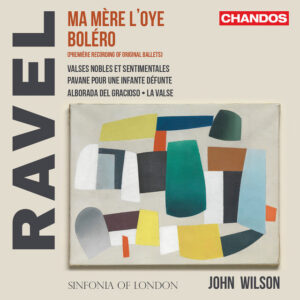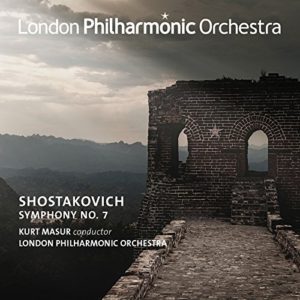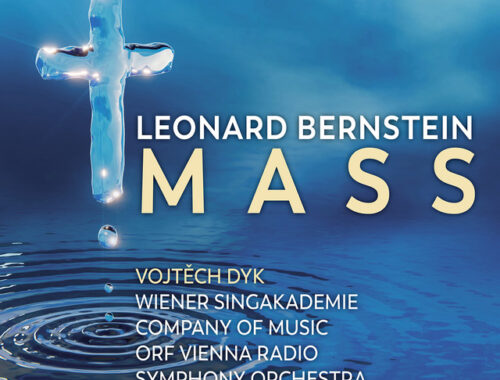GRAMOPHONE Review: Ravel Orchestral Works, Sinfonia of London/Wilson
 John Wilson is on a mission to bring his restorative ear to bear on Ravel’s orchestral catalogue – so expect more of insight and excellence from this source. Astonishing to think that a score as frequently performed as Bolero should be in need of the thorough overhaul it gets here – but history has a way of allowing errors and anomalies to perpetuate. In this instance the transition from ballet to insanely popular concert piece would appear to have enabled some misreading of Ravel’s intentions.
John Wilson is on a mission to bring his restorative ear to bear on Ravel’s orchestral catalogue – so expect more of insight and excellence from this source. Astonishing to think that a score as frequently performed as Bolero should be in need of the thorough overhaul it gets here – but history has a way of allowing errors and anomalies to perpetuate. In this instance the transition from ballet to insanely popular concert piece would appear to have enabled some misreading of Ravel’s intentions.
So it’s with really fresh ears – Wilson’s and our own -that we can appreciate one of the most self-assertive show-off pieces in the repertoire. The Sinfonia of London can do just that with the best of them and this Boléro is a cat-walk of elegance and attitude as each solo and later combo glides into the limelight. You’d expect a jazz band-like cool and seductiveness to characterise the playing but what really shines here is the illumination of so many coloristic permutations sounding for all the world like Ravel had just in this moment heard them. It’s always been an ear-teaser for its hallucinatory bitonality but that variant for horn, celeste and two piccolos made me sit up sharply once more. Pump up the volume. By the time we veer into E major you’ll very likely be on your feet.
And from Spanish boléro to Viennese waltz. Premonitions for the momentous La Valse pull us up short in Valses nobles et sentimentales and as Ravel gives vent to his infatuation with this most opulent and elegant of dance forms you start to imagine what the subtext might be for the ever shifting invocations in the piece. With La Valse we are so plainly hurtling towards the end of something: an era, an age, a way of life. Wilson’s reading is transparent and rhythmic to a fault and let’s just say he goes all-out never to sacrifice momentum to expressiveness. Rubato can be a quicksand in this piece. But even as I applaud Wilson’s ‘in tempo’ way with it I do think the shocking denouement needs to convey more of a sense of distortion. You don’t need to ‘do a Karajan’ on those grotesque sforzandos which threaten to rip the piece apart at the seams but I do think they need greater ‘underlining’ than they get here. The shock of the new for Wilson comes with the headlong speed of those final pages – hurtling to the abyss indeed – but that final swooning down in the chest register of the violins is gone before we can savour how vulgar and decadent it has become.
Alborada del gracioso – the orchestral embodiment of the Spanish guitar – is all colour and light brilliantly captured in the wizardry of its scoring and super-articulate playing and Pavane is has a cool beauty all its own. But the star turn here is undoubtedly Ma Mere L’Oye. I’ve always thought that you had to have experienced the piano duet version (which I once heard Claudio Abbado and Martha Argerich play, can you imagine?) to fully appreciate the magic of what Ravel achieves here. Wilson and his players really capture the piquancy of these exquisite tableaux, their limpidness and fragrance – be it the Prelude with its elfin horn fanfares, the Pavan for Sleeping Beauty, or the delicate willow patterning of the Empress of the Pagodas. Gorgeous violin solos from Charlie Lovell-Jones and some enchanted pianissimi not least in perhaps the most glorious pages in all Ravel unfolding as we cross the final threshold into that Fairy Garden.
You May Also Like

GRAMOPHONE Review: Shostakovich Symphony No. 7 – London Philharmonic Orchestra/Masur
23/05/2018
GRAMOPHONE Review: Bernstein Mass – Vojtěch Dik, etc., ORF Vienna Radio Symphony Orchestra/Russell Davies
17/06/2020

